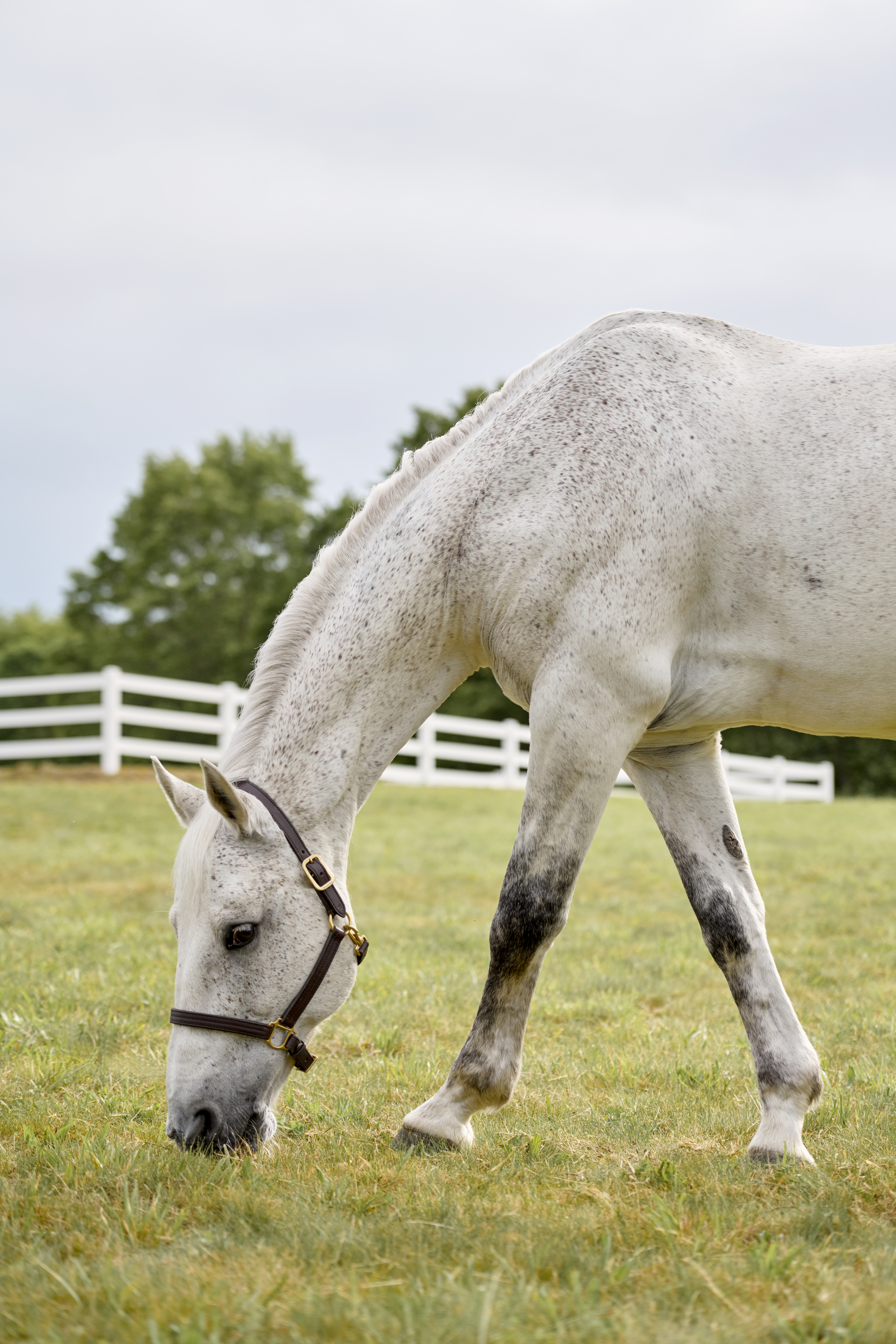Fundamentals of Supporting Healthy Horse Hooves
Updated May 2, 2024

It can be easy to take your horse’s hooves for granted, and many horse owners don’t think about hoof health until their horse has a problem. Strong, resilient hooves are necessary for your horse’s performance and comfort now, and for years to come.
Your horse’s hooves are constantly growing and changing, and need regular support to be at their best. The four key factors that impact hoof health are regular maintenance from a qualified hoof care professional, plenty of exercise and activity, smart management for climate and environment, and proper nutrition.
Let’s look at each of these areas in more detail, to understand how they impact your horse’s hoof health.
4 Key Factors for Hoof Health

1. Regular, professional maintenance
Whether your horse is barefoot or shod, consistent attention from a qualified hoof care professional is imperative to maintaining a properly balanced foot. A long, unbalanced hoof will negatively impact your horse’s optimal way of going, putting undue strain on the joints, tendons and ligaments of the entire limb.
Don’t think of hoof care as just pertaining to the feet. Maintaining a healthy hoof is critical to the whole horse’s health. And like most things in your horse’s life, consistency is key.
Need help finding a farrier? Watch this video on how to choose a hoof care professional with Danvers Child, CJF.
2. Exercise and activity
Feet on the move are healthy feet! Your horse’s hoof surrounds, protects, and supports bones, tendons, ligaments, cartilage, nerves, and an intricate vascular network. These vascular pathways, composed of arteries, veins, and capillaries, function as a key element in maintaining the health of the foot. That’s because the strength of the equine foot depends on nourishment provided by good circulation and vascularity. By supporting healthy circulation, you’re ensuring nutrient rich blood is pumping throughout the foot.
In order to promote good blood flow, the frog and the entire solar surface of the foot need to be engaged. In other words, your horse needs to get moving! Research shows horses in nature graze and move for approximately 17 hours per day, but stabled horses are often much less active than that.
Maximizing your horse’s turnout time and space is a great first step, but if time and/or space are limited, consider looking for opportunities to up his exercise, including lunging, hot-walking, or trail riding.
3. Environmental management

Between the barn, the pasture, the ring, and the trails, you’d be surprised at how many times your horse’s hooves go from wet to dry and dry to wet every day. Frequent shifts from wet to dry in the environment can cause the hoof wall to expand and contract, which may lead to cracks and other structural problems.
Try to limit changes from wet to dry as much as possible. For additional support, try a topical that actually helps stabilize moisture levels in the hoof, like Keratex Hoof Hardener or Gel.
4. Proper nutrition

Nutrition is another area of hoof health that can’t be ignored. The hoof you feed today is the hoof you’ll be riding on a year from now, which is why daily support from a quality supplement is a smart way to support healthy hooves all year long.
Research has shown that supplementing with 10-30 mg of biotin per day may help support growth rate and quality of hoof wall. Also look for a hoof supplement to provide essential amino acids such as lysine, methionine and threonine, as well as the minerals copper and zinc.
Lastly, remember the importance of healthy circulation. You can support circulation from the inside, too. Supplement ingredients that help promote normal blood flow and vascularity include the amino acid arginine, while antioxidants like vitamin C support tissue health.
Video on Smarter Hoof Care with Danvers Child
Further understand these four key factors of smart hoof care with this video featuring International Horseshoeing Hall of Fame inductee, Danvers Child.